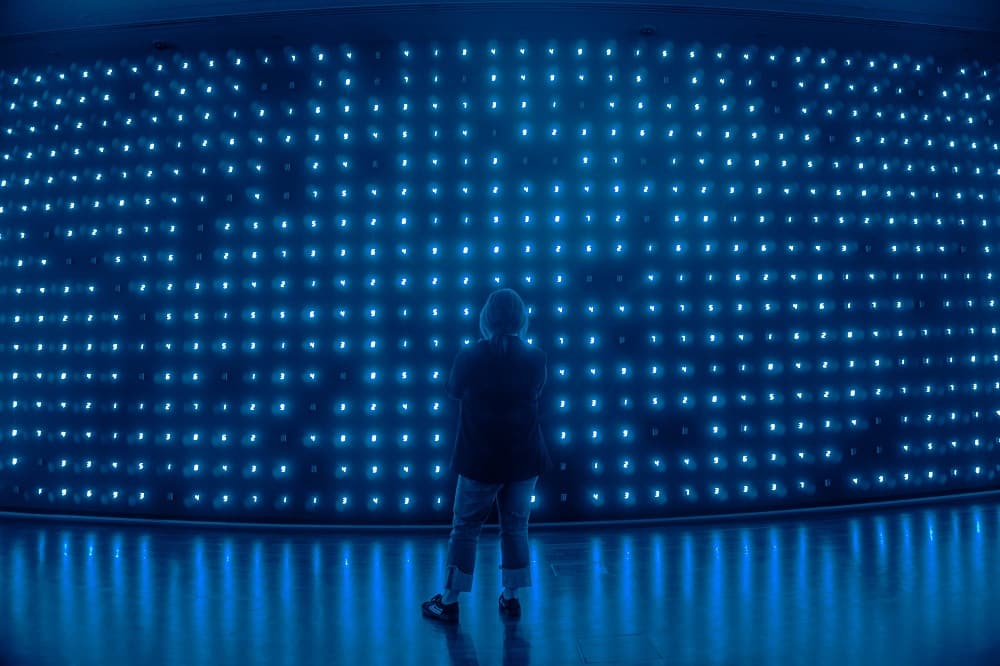With an ever-increasing number of people shifting away from traditional light sources such as incandescent bulbs, LED lights are more popular than ever.
LED or light-emitting diode is the technology that powers LED bulbs. It works with the help of an electric current passing through the diode. These diodes provide light in an LED bulb when electricity is supplied.
The advantages of LED bulbs are well-known, such as being brighter than incandescent bulbs, not requiring heat to produce light, lasting longer, and most importantly, being more energy-efficient.
LED bulbs are available in several different sizes, shapes, colors, and temperatures. You can also use such lights in vehicles, bicycles, and more.
Before we talk about the different types of LED lights available on the market, let us look at some of the advantages they offer. So, let us get straight down to it.
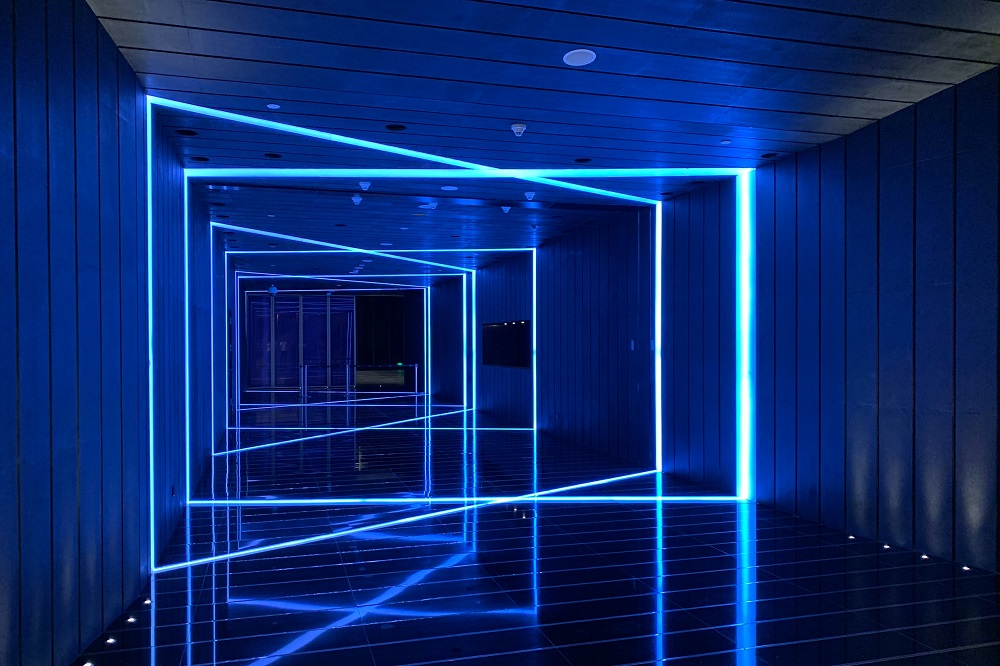
Advantages Of LED Lights
We have already mentioned some of the benefits that LED lights offer in the preceding section. However, now we are going to discuss these advantages in greater depth for better understanding.
-
Energy-Efficient
As most of you must be aware, one of the most critical factors that make LED lights the best option for lighting purposes is higher energy efficiency. Compared to incandescent bulbs, LEDs are up to 90% more efficient than incandescent bulbs and up to 40% more efficient than CFLs.
As per the United States Department of Energy report, residential LED lighting uses 75% less energy than incandescent bulbs. Besides being highly energy-efficient, LED lights are much brighter than incandescent and fluorescent lights. It means it is possible to use a lesser number of them while getting more radiance.
-
Longer Lasting
LED lights last much longer than other types of lighting, such as incandescent or halogen bulbs. It is because of the way they function. While incandescent bulbs produce light when a tungsten filament is heated within a glass dome, halogen lights contain halogen that pushes the burnt tungsten back into the filament.
On the other hand, LED bulbs have light-emitting diodes mounted on chips that illuminate when an electric current passes through them. Unlike incandescent bulbs that stop working once the filament burns out, LED bulbs can last up to 25,000 hours or even up to 50,000 hours. And, even after that, they only lose 30% of their brightness.
LED lights can last for decades without needing replacements. A phenomenon called lumen depreciation makes LEDs lose their brightness slowly over time, instead of completely burning out like incandescent bulbs. The rating on LEDs indicates after how many hours, the bulb will dim to 70% of its original brightness.
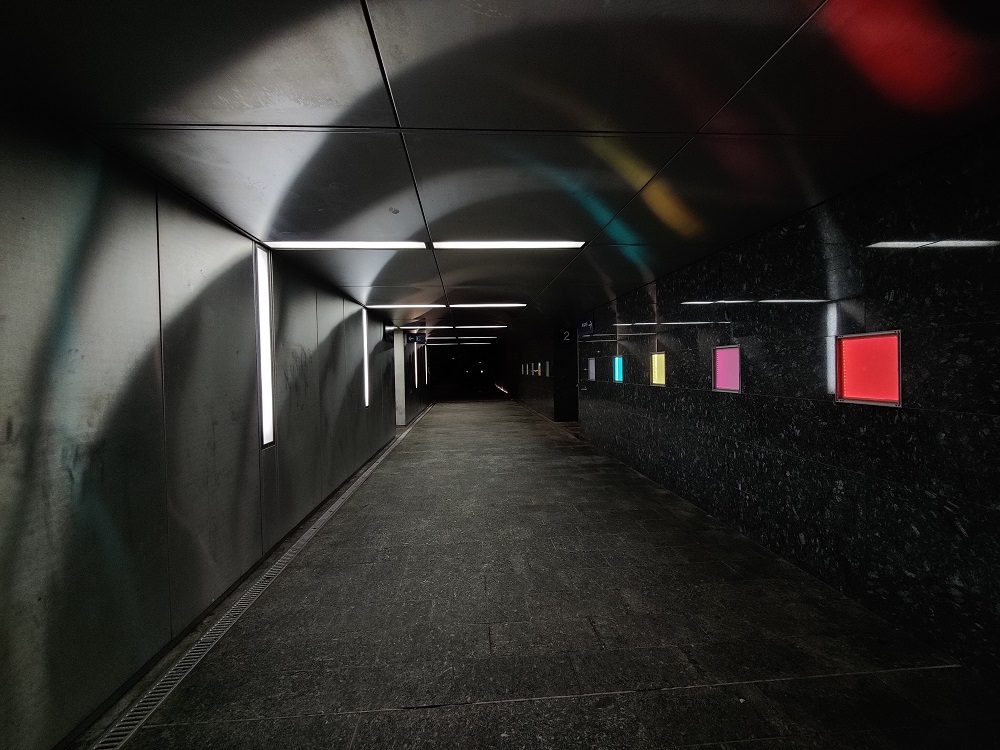
-
More Economical
Due to various factors such as higher energy efficiency, lower maintenance, and more excellent durability, LEDs automatically become the most cost-effective option for lighting in the long run.
While the initial cost may be higher than traditional incandescent bulbs, you will be able to save more over a more extended period. Even the upfront costs have come down, leading to more significant savings. On top of that, various manufacturers are conducting research and trying new technologies to bring down the price even further.
Besides lower direct costs, LEDs also help you save more by reducing indirect costs. A perfect example of this is the cost of air conditioning, which is higher when you use incandescent bulbs to generate heat. LED bulbs do not produce heat, helping reduce air conditioning costs as well.
-
Wide Application
Traditional forms of lighting such as incandescent bulbs and halogen lamps are limited in shape and, by extension, in the application. You can only use these lights for conventional lighting purposes.
LEDs, however, are available in several different forms, sizes, temperatures, and colors. The smaller size and cooler operating temperature make them ideal for a variety of other purposes. You can use LEDs to light areas that conventional light sources cannot reach. LED lights are available not only for residential applications but also for commercial and industrial purposes.
Additionally, you can use these on daily use objects and vehicles, street lights, smartphones, TVs, and more. The versatility of LED lights knows no limits.
-
Environment-Friendly
With the global population becoming more aware of adopting environment-friendly technologies, LED lights make a compelling choice. One of the critical factors that make LED lights great for the environment is their durability.
Since they last for a long time, it results in a lower replacement rate and, therefore, lower production. Additionally, LED lights are brighter than conventional bulbs and CFLs, which means you need a fewer number of them than other types of lighting.
Higher energy efficiency is another factor that makes LEDs better for the planet. While fluorescent bulbs convert 95% of the energy into heat and 5% into light, LEDs are the opposite. They convert 95% of energy into light, and only 5% is wasted as heat.
Finally, fluorescent lights, while being excellent in energy efficiency, also contain toxic chemicals such as mercury. These chemicals can leach out and contaminate the environment and require proper disposal. LEDs are free of such chemicals and hence do not require special disposal. Also, they emit a lower amount of emissions, which is an added advantage.
The LED lighting industry is continuing to grow and evolve, with more consumer-friendly products available. It will contribute to the rapidly increasing popularity of LED lights for multiple purposes.
Learning about the various advantages of LED lights over older lighting technologies, we can now focus on understanding the different types of LED lights available on the market.
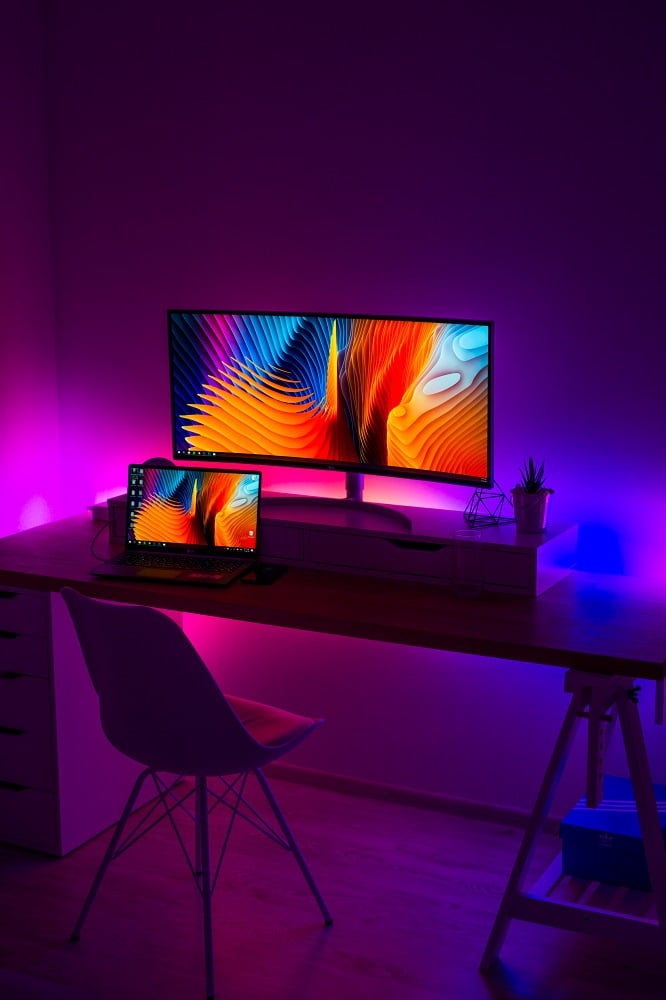
Types Of LED Lights
In the recent past, LEDs were not as popular as they are now due to several reasons such as high cost, limited use, etc. However, with the advancement of lighting technologies, LEDs have become one of the best and most popular choices for all purposes.
Since LED lights are now available in so many different forms, sizes, and colors, it can be confusing to find the right one for you. To help you out, we will list some of the most common types of LED lights available on the market.
-
Dimmer Switches
LED lights are available with dimmer switches similar to other bulbs. These allow you to dim LED lights as and when required. However, regular dimmers that work with incandescent bulbs will not work because LED lights operate at a lower wattage than conventional ones. Also, not all LED lights work with dimmer switches.
LEDs with dimmer switches generally have a smaller dimming range than traditional incandescent bulbs, as they consume far less power. It can also result in an LED bulb not completely switching off at minimum brightness.
Dimmer switches work by reducing the amount of power delivered to the bulb by trimming the leading or trailing section of the waveform. Trailing edge dimmers are more expensive and complicated but offer more features.
All dimmer switches have a minimum and maximum rating, and most manufacturers offer dimmer switch compatible LEDs. However, there is no guarantee that every LED bulb works with all types of dimmer switches.
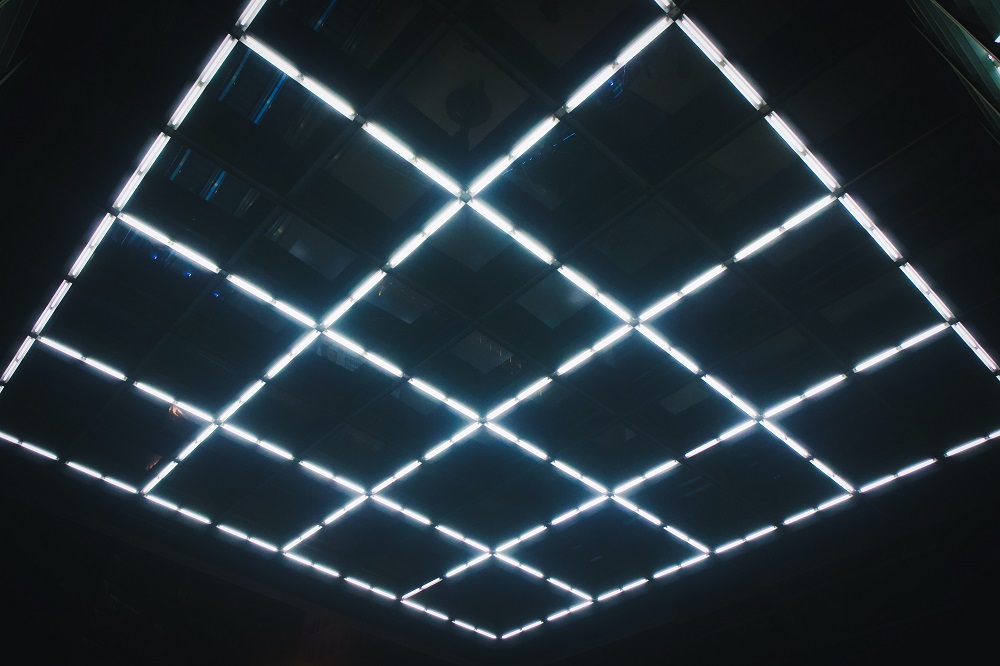
-
Mini LEDs
Miniature LEDs are one of the most common LED lights you can find on the market. With advancing technology, the size of LEDs has been steadily growing smaller and more compact. These include chip, nano, and pico LEDs.
Mini LEDs are tiny and are available in a single color and shape. The most common applications of these mini LEDs are in remote controllers, mobile phones, calculators, etc.
One advantage that MIni LEDs have is the more straightforward design, which does not require a heat sink or similar device to control the heat. It allows such LEDs to be used in circuit boards and makes them indispensable across many industries.
You should note that there are three types of Mini LEDs available: Standard, Low-Current, and Ultra-High Output. However, these lights vary in terms of voltage, wattage, and current.
-
Application-Specific LEDs
A significant advantage of LEDs is that they can be easily constructed to meet different types of needs for other users. Application-specific LEDs offer a high level of personalization which is why they are trendy. These LEDs can be further categorized into different types of LEDs such as Lighting, Alphanumeric, Flashing, Bi and Tri-Color, and Red Green Blue or RGB.
Alphanumeric LEDs are generally used in devices such as older digital clocks. With the advancement of LED technologies, these have become less common in more recent times. Modern LEDs are more flexible and energy-efficient.
Flash LED lighting is another example of application-specific LEDs. These are usually standalone lights that contain an integrated circuit, unlike regular LED bulbs. This circuit flashes a light at a predetermined frequency. Flash lighting is commonly used for signage purposes.
Bi and tri-color LED lights produce two and three color variations, respectively, using alterations of the current frequency. These types of lights are generally used for signage, accent lighting, highlighting different sections and spaces.
The final type of application-specific LED lights are RGB lights or Red Green Blue LEDs. These contain transmitters that combine red, green, and blue colors to create new colors, offering numerous possibilities. These lights are used in displays, status indicators, video displays, accent lighting, etc.

-
LED Light Strips
LED Light Strips are LEDs that have a tape that has LEDs and other components mounted on them. These strips are available in many different shapes and sizes, making them highly versatile. These LEDs are perfect for lighting up spaces and areas that are hard to reach. LED light strips are also ideal as grow lights for plants.
You can find several different types of LED light strips. Flexible LED light strips enable you to light different types of spaces, such as events and projects. Installing these lights is also a simple process as they come with adhesives at the back and can easily be stuck on any flat surface.
Aluminum LED mounts are also available for mounting strips on different surfaces.You can also get rigid LED light strips for industrial and commercial lighting purposes. Just like flexible strips, you can also easily mount rigid strips on different surfaces as required. Additionally, they are weatherproof and can be used for outdoor lighting events, projects, and spaces.
Silicone LED light strips are covered with a thick silicone layer, ensuring that they are flexible and waterproof. These light strips are also called rope lights due to their appearance and can be quickly wrapped around objects, such as Christmas trees. Silicone LED strips are generally used for lighting accent pieces in homes and commercial spaces.
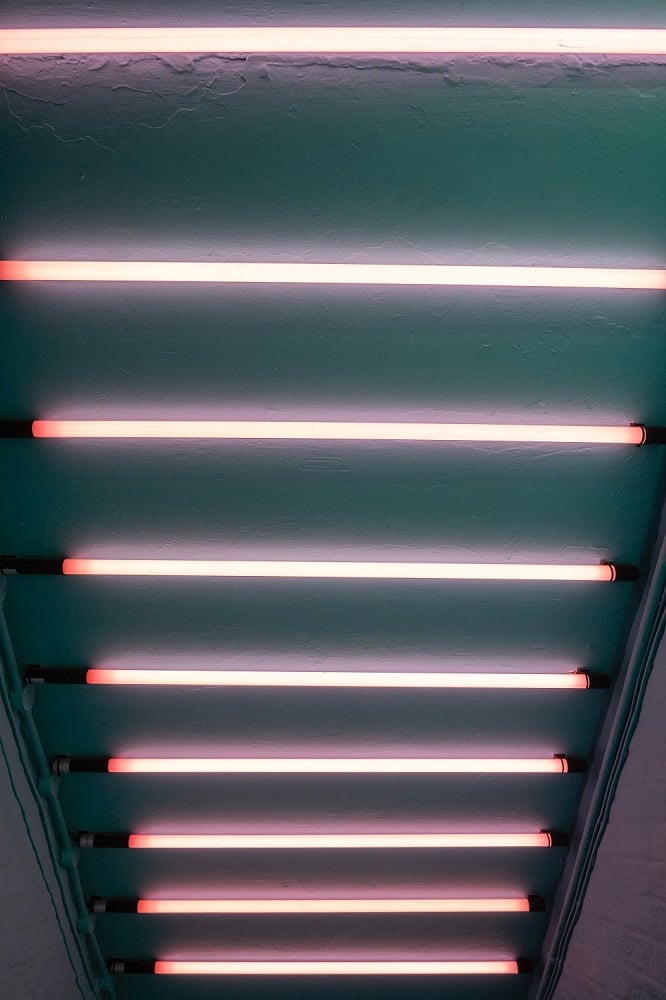
-
LED Lighting Tubes
LED Lighting Tubes are meant to replace older fluorescent tube lights and generally include tiny LED lights along the length of the tube. Some types of tube designs require a new ballast as well as new wiring. You can find LED tubes in many different sizes, which makes them a versatile option.
Conventional tube lights also contain highly toxic mercury. In contrast, LED tube lights do not contain mercury, which makes them safer. Another thing worth mentioning is that electrical components regulate the flow that makes up the LED driver instead of using ballast in LED tubes.
Different types of LED tube lights are available for meeting a variety of requirements. Plug and Play or Direct Fit LED tube lights are helpful for directly changing fluorescent tube lights without any additional adjustments. While their installation is an easy process, they require continuous maintenance of the ballast.
Another option would be the Ballast Bypass LED tube lights, which require removing the original fluorescent ballast and rewiring the fixture. However, these use lesser energy for lighting. LED Lamp and Driver is another type of LED tube light that requires replacing the ballast with an LED driver.
It involves higher installation costs but lesser maintenance and more significant energy savings.
-
High Power LEDs
Manufacturers created high-power LED lights to meet industrial and commercial requirements. The technology of diodes has developed rapidly, allowing these LEDs to produce a much higher output than other types of LEDs. It is because they can produce more lumens which are responsible for the lighting.
High Power LEDs can vary depending upon three different factors – wavelength, luminosity, and voltage. It is not a problem in regular LEDs as they generate a negligible amount of heat that is efficiently dissipated. However, the greater the power, the more the heat is produced.
High Power LEDs produce a more significant amount of heat, which is why it is always recommended to connect these LEDs to a heat-absorbing material. This material will ensure that the LED does not burn out while working for a more extended period.
It is vital to carefully consider the material you will use to control heat before purchasing a high-powered LED light. Try to get a light that comes with a user manual explaining the temperature limits. It will ensure that the light lasts for a long time while also keeping you safe.
Irrespective of the manufacturer’s claims, always take precautions and ensure a balance between heat control and output.
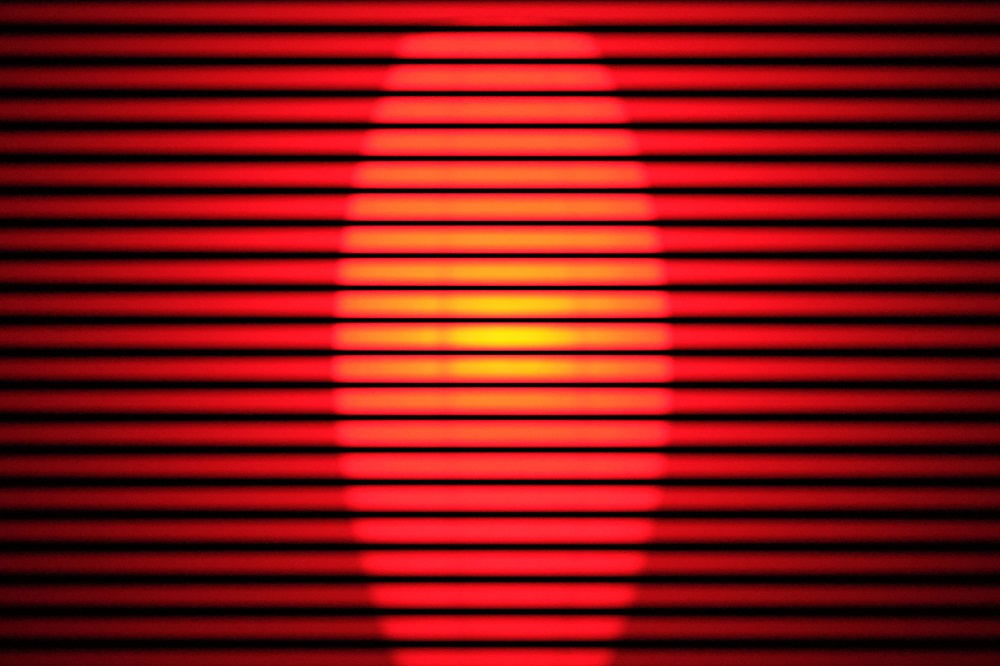
-
SMD LED
SMD or Surface Mounted Device is one of the newest generations of LED lights on the market. These contain SMD chips that provide extra brightness, making them an ideal option for commercial and industrial spaces and homes.
One of the most significant advantages that SMDs offer is that there are no wires for installing them. It allows seamless application while removing hassles. SMD LEDs work on the principle that larger and fewer lights offer a greater lumen output.
SMD LEDs can be easily mounted on the PCB or light strips directly, using Surface Mount Technology (SMT). The components can be printed on circuit boards and LED strips. It also makes these devices lightweight and compact. It is also called Chip on Board (COB). Other advantages that SMD LEDs have include higher efficiency, more luminosity, and customizable power output.
If you are looking to replace your traditional bulbs with LEDs, knowing how to select the correct type of LED can be of great advantage. There are several factors that you need to consider before making a final decision. Some of the essential elements that you should consider before purchasing are listed below.
-
COB LED
COB stands for Chip on Board which is also one of the newest generations of LED lighting technologies. Unlike SMD LEDs, these lights provide a denser light and excellent optics because of a constant, controlled light beam. These are also highly energy-efficient due to a better lumen to watt ratio.
COB LEDs are generally multiple LED chips (usually nine or more) attached to a platform to create a single module. In a COB, the individual LEDs are not traditionally packaged and, being chips, can be mounted easily for maximum brightness and efficiency.
When electricity passes through the COB LED panel, it appears like a lighting panel, unlike SMD LEDs that appear as multiple individual lights. The light-emitting area of COB LEDs contains more light sources than standard LEDs, which leads to greater efficiency and brightness.

Additionally, COB LEDs use fewer components which reduces the amount of heat generated. As these LEDs do not require spot soldering of separate LEDs, it also reduces the failure rate. The one thing to note about COB LEDs is that they are only available in limited colors, reducing their scope.
-
Graphene LED
Graphene is one of the forms of carbon that is very durable, light, and an excellent conductor of heat and electricity. Graphene LEDs are LED lights that have their filament coated in graphene, making them much more efficient in heat dissipation. It creates a brighter bulb with a lower wattage, thereby reducing energy consumption and wastage.
Graphene bulbs are also cheaper to manufacture and therefore offer a more economical option for consumers as well. Additionally, they are up to 10% more efficient than regular LEDs and can last for 25 years.
One significant advantage that graphene LED lights offer is that it is also possible to replace the metal electrodes in regular LEDs with graphene. It makes the components easier to recycle and makes this type of lighting more environmentally friendly.
Graphene LED lighting is one of the newest forms of LED lighting, and as such, the technology is rapidly developing. Manufacturers have even come up with colored Graphene LEDs for decorative purposes as well as accent lighting.
-
High-Temperature Operation LED
Some manufacturers have developed LEDs specifically for high-temperature operations. These can work at temperatures up to 212°F while retaining energy efficiency, small size, and durability. Thermal management, along with novel buffering technologies, provides reliable operation at an affordable price.
High-Temperature LEDs are generally used for industrial and commercial applications such as factories, plants, mills, etc. In such environments, there is drastic fluctuation in temperature, which regular lights cannot withstand. High-Temperature LEDs are also more energy-efficient than metal halide bulbs, generally used for high-temperature areas.
These LEDs have a longer lifespan and can be turned on and off immediately without requiring any preheating. High-Temperature LEDs generally have a ceramic substructure and high-temperature bonds. They are also available in the form of SMDs, allowing more versatile applications.
It is important to remember that all types of LEDs, even high-temperature ones, perform better in moderate temperatures.
-
LED Light Panels
Another type of LED that we would like to mention is LED Light Panels. These include numerous LED light strips that are grouped to form a panel. LED Light Panels are available in many different shapes, the most common being rectangular and square.
The most common use of LED Light Panels is to light different sized spaces, such as sports stadiums and various events. There are also flexible LED Light Panels generally used by filmmakers and cinematographers for lighting movies and videos. These types of panels are highly portable and easy to store.
It is possible to create your own LED Light Panels by combining different types of LED light strips. It offers several opportunities to select the shape, size, brightness, and color of your choice. LED Light Panels can provide more even lighting to illuminate a specific smaller area or a larger space.

LED light panels can diffuse the bright light of LEDs over a larger area for general space lighting. It helps reduce the harshness of LEDs and makes the light softer. You can either use a single LED light panel or a series of LED light panels, which are also available in frosted glass or plastic.
-
Wet Rated Lights
You may have noticed that some LEDs have a label that says “wet-rated” or “damp-rated.” Wet-rated LED lights or Wet Location LED lights are LEDs specially manufactured for use in areas exposed to water. Almost all LED lights are meant for use in outdoor locations, and some indoor ones are generally Wet Location Lights.
Wet Location LED Lights come with a vapor-tight light fixture that has protection against moisture. Wet Location LED Lights to include Linear, Jar, and High-Bay fixtures. Linear Wet Location LED Lights are suitable for areas that are regularly exposed to condensation and moisture. They can handle limited amounts of moisture in, on, and around electrical components.
Jar LED lights make use of Mason Jars, which can easily be recycled to make lamps, pendants, chandeliers, etc. Since they can be put to so many different uses, they can also be used in areas exposed to moisture.
High bay lights are generally shop lights that can illuminate large areas. These are usually available in water and dust-proof variants. They are relatively compact and offer intense lumen output.
-
LED Light Bulbs
The final type of LED light is also the most commonly used for both commercial and household use. LED Light Bulbs are available in several shapes: candle, spiral, globe, luster, and more. They are also available in several colors and brightness. Dimmable LED Bulbs allow you to control their brightness as required.
There are many different types of general-purpose LED Bulbs on the market. Standard LED Light Bulbs disperse light at a wide-angle throughout the room. Recessed LED Lights or Can LED Light Bulbs fit into cans or sockets present in the ceiling. Globe LED Lights emit light in all directions, making them perfect for pendant lights and bathroom vanities.

LED Light Bulbs are also available for decorative purposes. Candelabra LED Light Bulbs, sometimes candle chandelier bulbs or candle bulbs, are shaped like the flame of a candle. They are perfect for accent lighting and decorative fixtures. Track LED Light Bulbs are suitable for directional lighting and for highlighting specific objects.
Edison LED Light Bulbs provide a vintage appearance, while Tube LED Light Bulbs are suitable for professional lighting. They are functional and ideal for workspaces, offices, kitchens, etc.
Having talked about the most common types of LED lights, we will now mention some of the factors that you should consider when purchasing an LED light. So let us get on to it right away.
Led Lights Buyer’s Guide
-
Type Of Space
There are several LED lights, and not all lights are suitable for all kinds of locations. The first thing to consider is the type of space that you require the LED for. LED light bulbs and LED light strips are the best for lighting residential spaces.
On the other hand, industrial spaces usually require more light, so LED panels are the most appropriate. It is also the case with commercial spaces, while shops also use light bulbs for drawing attention to particular areas and products.

-
Size Of The Space
Which type of lighting you use also depends upon the space size that needs to be lighted. Larger spaces such as stadiums and events sites or even internal areas such as large rooms or halls require LED light panels.
Using LED light bulbs in lamps and fixtures is more convenient and suitable for standard-sized rooms. Another thing to keep in mind is that larger spaces require more bulbs to light. LED light strips offer a high level of versatility and are perfect for different spaces and even hard-to-reach areas.
-
Power Supply
LED bulbs do not require to be connected to a power supply directly since the electrical connection of the fixture powers them. LED light panels require to be connected to a power source like a battery or a plug-in. Similarly, LED light strips also need to be connected to the main power supply or a plug.
-
Ease Of Installation
When going for LED lights, bulbs are the easiest to install, followed by LED light panels that allow easy setup by mounting on stands. Flexible LED light strips are also very easy to install and can be installed in various spaces where it is not possible to install other lights. However, for installing LED panels, you will require professional help.
-
Budget
The budget considerations also determine the type of LED lighting that you should go for. Certain spaces can use more than one type of lighting, and the only constraint is money. Since larger areas such as warehouses require more lights, it will also lead to a higher cost.
While bulbs generally require costlier fixtures, LED light panels can be easily mounted on stands but need more space. LED light strips can be easily installed in smooth walls but require mounts in other costlier cases. It is best to consider the cost of purchasing, energy, and installation when opting to go for LED lights.
-
Personal Preference
Personal preference also plays a vital role in determining the type of LED light that you should select. Different types of LED lights have various advantages and disadvantages. Taking these into account while making a final decision can ensure the best experience for you.
Information is never wasted, and learning more about LEDs will only be to your advantage. To help you know more about LED lights, we have included some Frequently Asked Questions that will help you make the right choice.
LED Frequently Asked Questions
How Do LED Lights Work?
LED lights contain semiconductors that light up when an electric current passes through them. In contrast to traditional incandescent lights, LED lights convert more energy into light while a smaller amount is wasted as heat.
Are LED Lights Very Expensive?
While the upfront cost of LED lights is higher than that of traditional lights, they result in more significant savings over time because of their greater efficiency and lower maintenance costs. They also help you save more money indirectly on expenses such as air conditioning by producing less heat.
Why Do LED Lights Require Drivers?
LED Lights depend on a constant power supply for optimum performance. A power supply system or a driver is vital to this purpose, as drivers rectify high voltage AC (alternating current) into low voltage direct current. It ensures a steady voltage and flow of current. It also protects the fixture from fluctuations.
Why Do Some LED Lights Flicker When Turned Off Or Dimmed?
Unlike older incandescent lights that use AC power, LEDs require a DC power supply. That is why LEDs need a driver that can convert AC power to DC power. The flickering occurs due to incompatibility between the driver and the control system of the bulb. Another cause might be that the fixture does not support dimming.
Are LED Lights Suitable For Growing Plants?
LED lights are great for growing plants. You can find LED hydroponic lamps that promote better plant growth by providing the optimum amount of light that plants require in different phases. Additionally, unlike conventional lights, they are also very power efficient.
How Long Can LED Lights Last?
Generally, the durability of LEDs, like all lights, depends upon their quality. Good quality LED lights can last up to 50,000 hours or more. Most LEDs easily last up to 35,000 hours. Other factors like the design and heat dissipation also play an essential role in determining durability.
Also, unlike traditional bulbs, LEDs do not burn out even after the rated watt-hours that the manufacturer offers. They just get dimmer over time and will still produce 70% of their initial brightness after 50,000 hours of use.
Conclusion
We hope this guide has provided you with the information you need regarding different types of LED lights. It has been an enjoyable experience for us writing about these new lighting technologies, and we hope you have also enjoyed learning about them.
Our buyer’s guide also lists out some of the most critical factors you need to consider while buying an LED light. Our FAQ section lists the most common queries people have regarding LED lights to help you make an informed decision while purchasing them.
With that said, now it is time to take our leave. Until next time!



